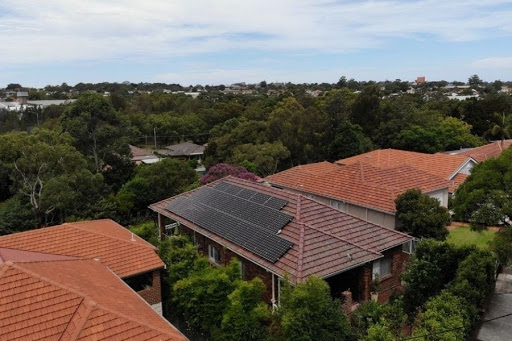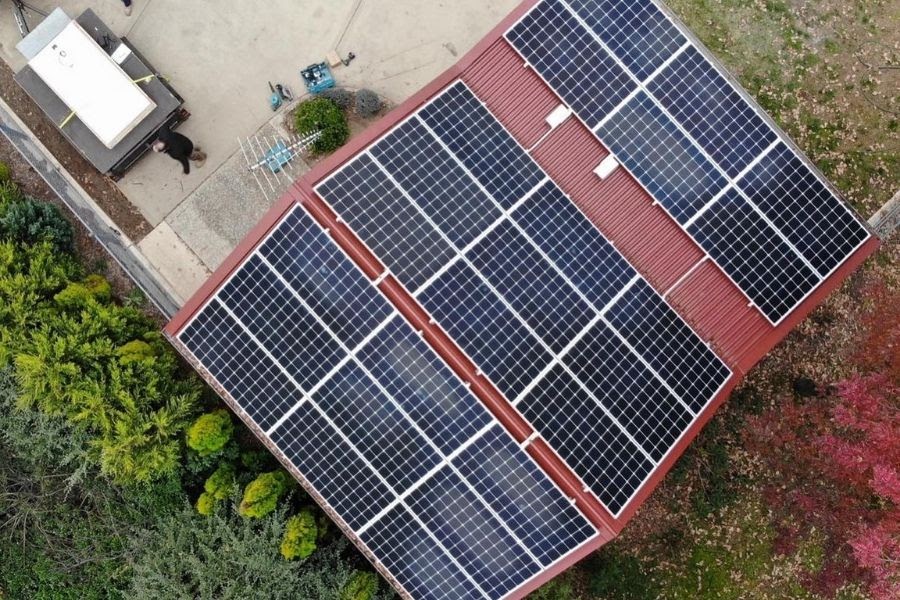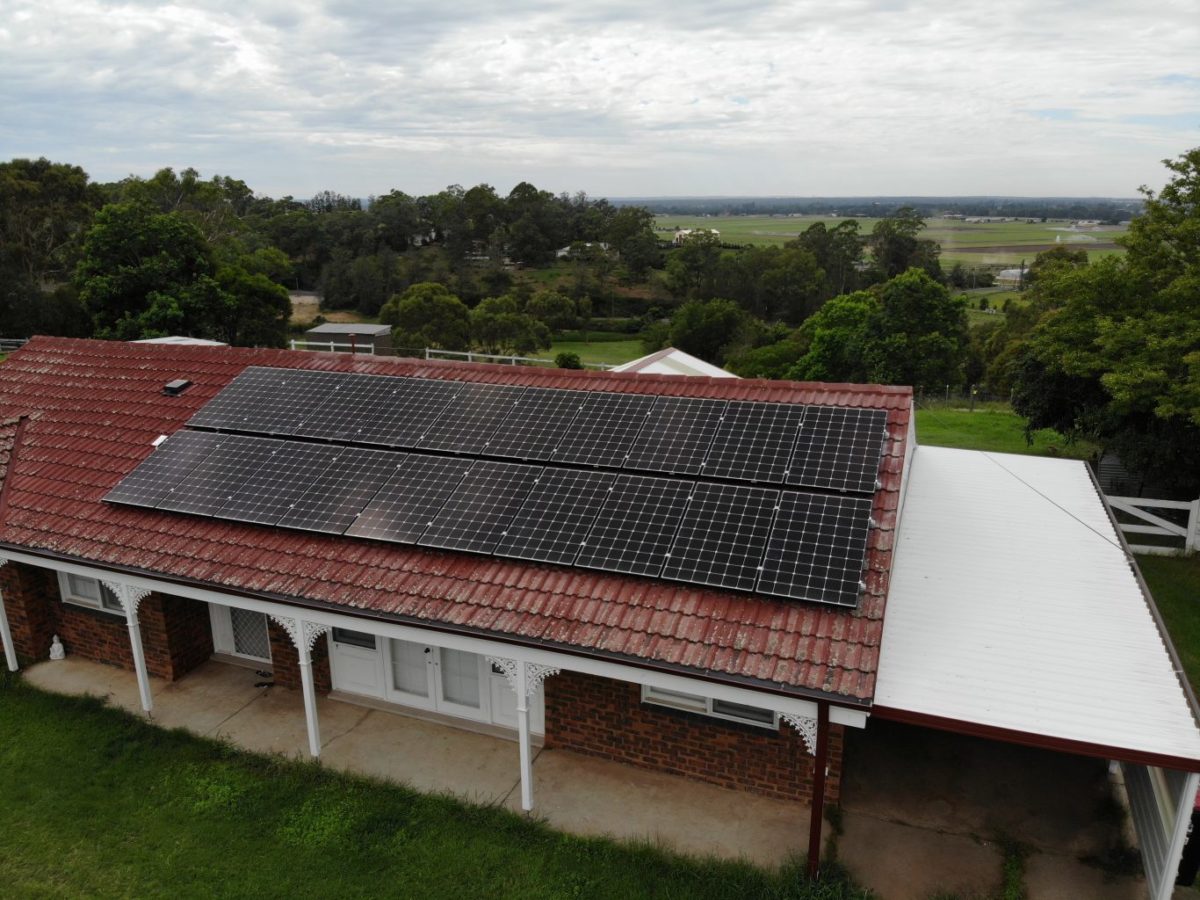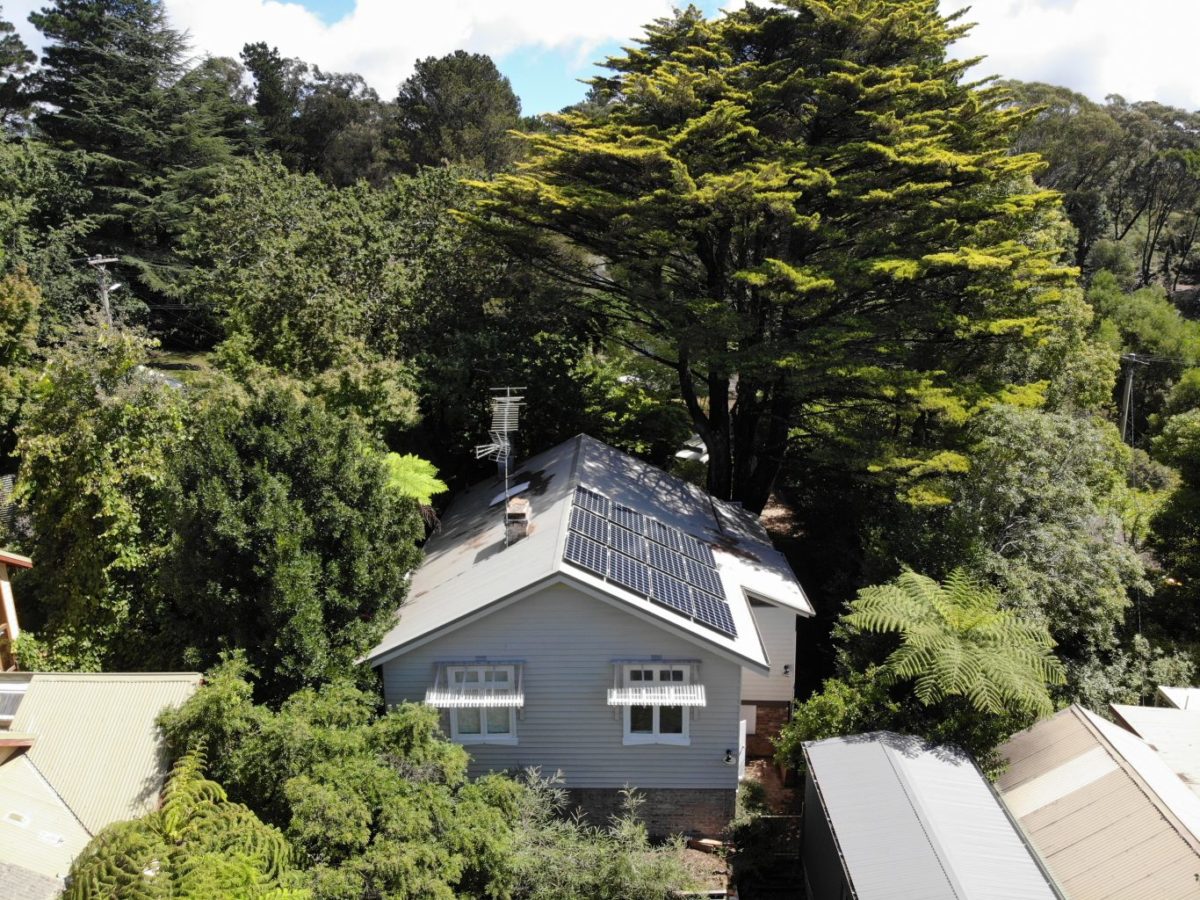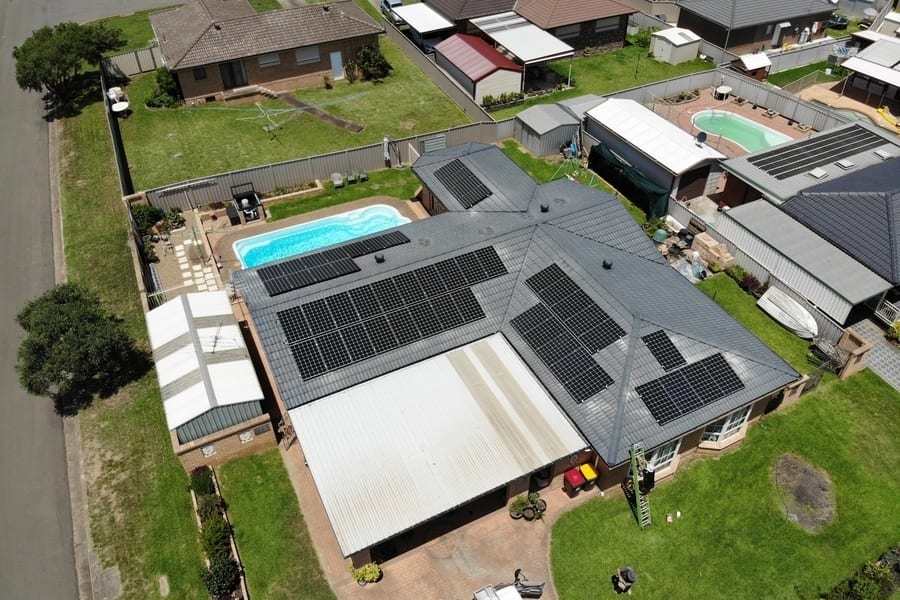There are many reasons you might be wanting to install a solar system. First, there’s the desire to make a little contribution of your own to a cleaner and greener future. Second, there’s been enticing installation incentives like government rebates on solar panels. Third, there’s the recognition a solar setup could help maintain access to electricity in the event of a grid blackout. Fourth, there’s no shortage of residents across the Great Southern Land who love the feeling of having a cutting-edge solar system!
But for all motivations that exist for getting solar, there’s no doubt gaining access to a feed-in tariff (FIT) is top of the list for many. This pathway allows a solar system owner to get some income from the excess energy their system generates. This has been very appealing to solar system owners currently paying off their system, and also those who’ve already done so. That’s why the suggestion that FITs are entering their final years is a very important issue. Let’s unpack it now.
Solar Popularity: The Necessity of Solar ‘Crowd Control’
Because solar installations are proving so popular in Australia there’s a new need to accommodate demand. For governments of all political persuasions across Australia, this is no easy task. The huge demand for solar installations that has seen successive record-breaking years of solar uptake is set to continue. It’d be a bold move for any leader to stand in front of the public and tell them ‘no more solar’ – and also it’d be foolish! The key problem certainly isn’t more people wanting solar – it’s how to effectively manage the power new installations generate.
It’s indeed necessary to make some significant adjustments to the sector. It would quickly become a big problem if everyone with a solar installation now and in future was able to feed excess energy into the grid all day long. Accordingly, for some in the energy industry, winding back the FIT altogether in the years ahead would be a way to slow the increase of solar installations. But in the meantime, the impact of solar’s popularity is already visible in policy decisions.
For example, Victoria’s minimum FIT rates are set to drop sharply in July. It’s necessary to note the minimum FIT isn’t mandatory. Energy providers are able to offer a higher rate if they choose to do so. Whichever way you look at it there’ll be a clear-cut reduction to the VIC minimum in the new financial year. There can also be the expectation similar moves will occur across other states.
More than Feed-In Tariffs: Increasing Options to Tackle the Problem
Taking action to address a problem is the right course – but that doesn’t mean there’s only one road to travel. There’s scope for multiple pathways to be pursued when it comes to managing solar’s ongoing popularity, and to encourage existing solar installation owners to look to other methods for utilising their excess energy. It’s clear the Australian Energy Market Commission [AEMC] has been thinking along these lines recently.
They put out a proposal in March that’d redefine the relationship between a typical rooftop installation and the grid, with ‘two-way pricing’ a key component of it. The AEMC argues the best path ahead would be to change the rules to incentivise solar owners to send power to the grid at night, instead of during the day. These new rules would incentivise solar owners to buy batteries, reward them for exporting energy when demand is high, and encourage them to utilise their own power when demand is low.
Increasing choice like this is surely a better approach than simply slicing and dicing FIT rates. Yes, managing solar’s surging popularity is a complex challenge. But any move to disincentivise solar uptake is a big misstep. That’s why if an eventual phase-out of FITs occurs, it must see new incentives replace it. Any alternative approach that opts for scaling back current incentives instead of creating new offerings can only be counter-productive in the long term.
But for now, what do you need to know about navigating this current chapter of solar’s growth?
Solar Policy: We’re in the Era of Constant Adjustments
The reality is the speed of expansion and change in the Aussie solar sector has been hard for authorities to keep up with. It demands regular adjustments. Just consider South Australia. In recent years it’s seen such an increase in solar power that the state’s been pursuing numerous virtual power plant (VPP) projects to help ensure excess energy residents generate with their solar systems doesn’t go to waste.
The experience of South Australia is illustrative of an important lesson here. Effective solar (energy) policy requires regular – and sometimes swift – adjustments. For our readers and customers, trying to keep up daily with every little change made in the sector would be impossible. But keeping an eye on the bigger trends can help anticipate a major change on the horizon – like the winding down of a FIT. So being proactive instead of reactive is key in order to maximise ROI on a solar system amidst an environment of ongoing change.
Taking Action Amidst Change
There’s no question solar will continue growing fast in Australia, and sometimes that growth will be faster than authorities can keep up with. Accordingly, really eye-catching headlines will occasionally circulate saying it’s time to ‘slam the brakes on’. As aforementioned, it’s true the rapid national increase of rooftop solar power must occur alongside careful management.
Ultimately, while solar enthusiasts must sometimes be ready to encounter a dramatic headline – and perhaps be patient as policymakers tweak some settings – at the end of the day, solar owners will benefit from diversification instead of diminishment of energy export offerings. So authorities should preference that path instead of constantly tinkering with FIT rates.
The key tasks for solar system owners are:
1. Understanding what current options are out there
2. Understanding what options could be made available in the future
3. Which option best aligns with your goals for your solar system going forward
We focus on providing our clients with the level of service they deserve. Contact E-Smart Solar for more information and advice or to discuss your solar needs.

